Are you thinking about building an ADU in the coastal zone? If you’re one of the many who live in a “coastal zone,” the good news is that the Coastal Commission is in alignment with California in supporting affordable housing, including accessory dwelling units (ADUs).
At SnapADU, we see about 10% of our projects in San Diego falling within the coastal zone. In Encinitas and Carlsbad, that number jumps to nearly 50%. And about 15% of our projects in Oceanside are in coastal. Because of all this exposure, we have a lot of experience in what actually happens when you design, permit and build an ADU in the coastal zone — including how the code is actually interpreted, what that means is required, and how much it costs.
And we want to share that information with the public so you know exactly what to expect when you undertake your ADU project.
Designing and building a Coastal ADU in California
This article will cover the general impact of the California Coastal Commission, as well as how those rules intersect with Local Coastal Programs (LCPs) and ADU laws. Be sure to check out your local jurisdiction’s ADU regulations – we’ve included a city-specific summary of the coastal zone requirements that apply, as well as links to the actual code so you know where we are pulling information from (we also supplement with our own real-world experience designing, permitting and building ADUs as an ADU contractor).
Can I build an ADU in a coastal zone?
In general, yes, you can build accessory dwelling units in most of the coastal zone. Depending on which local coastal program (LCP) you are in, you will barely notice the coastal requirements (Encinitas, also Oceanside, Carlsbad, Imperial Beach) or the requirements could involve some additional time and expense (certain projects in San Diego).
Because they are state mandated, ADUs have generally become “ministerial approvals” in all cities. This has led to the ADU process not slowing down most coastal projects.
When can I not build an ADU in a coastal zone?
If you are in a sensitive portion of the coastal zone, you may encounter laws that are not preempted by ADU regulations. So in some cities, if you are located 300’ from the coast line, 50’ from a bluff edge, remove vegetation 100’ from the bluff edge, or eliminate some public access or view corridors, you will likely be pushed into a appealable process rather than the ministerial permit process.
Of note, we’re noticing much stronger headwinds for securing permits to build ADUs in the following locations:
- Bluff Top Site
- Hillside Overlay Zone
- Wildland Urban Interface Site
- Environmentally Sensitive Habitat Area
- Very High Fire Hazard Area
What are other situations that might be more tricky with a coastal zone ADU?
Also, if a project in the coastal zone includes any nuance that isn’t covered by the ADU law, the project can be subject to a Coastal Commission Appeal Period by local residents (e.g. no longer “ministerial”). This means more time & expense, as you comply with noticing requirements and potentially wait for appeals.
Scenario: Sometimes we see that a property actually consists of two legal “lots” with only one dwelling unit on it. Note that ADU law pertains to the development of a lot with an existing residential structure. As such, we’ve had to process numerous “lot mergers” to allow for the ADU. The cities have been happy to work with us on this, but the lot merger within the Coastal Zone is subject to appeal and will generally take 2x as long as the standard permitting process due to noticing requirements, etc. So what does this mean? You need to identify these variables as early as possible in the process (e.g. during Feasibility) so that you understand the true costs and can start on any activities with long lead times.
When will an ADU be exempt from coastal zone requirements?
A new accessory dwelling unit may be exempt from a coastal development permit (CDP) in certain cases where the development is de minimus (e.g. no adverse effects). And what are adverse effects? Adverse effects would include reducing the ability of the public to enjoy natural beauty of the coast, for example reducing coastal access paths, reducing coastal view, impacting slope stability or local coastal plants. So in some cases, this may mean your ADU in the coastal zone will be subject to more stringent requirements, like larger setbacks.
Keep in mind that all this will be dependent on the specifics of your local coastal program and building department.
What are the requirements for the coastal zone in San Diego?
On September 7, 2022, the California Coastal Commission certified (W15) the City of San Diego’s changes to their Local Coastal Program (LCP). In a nutshell, a San Diego ADU coastal zone ADU project will qualify for an exemption from a coastal development permit when:
- Not within 50’ of the bluff edge (code section 126.0704(a)(1))
- Over 300’ away from the mean high tide line (2 and 7)
- No removal of vegetation within 100’ of a bluff (4)
- No demo of exterior structure (5)
- No expansion of water wells or septic (6)
- No encroachment on physical accessway (section 126.0708(1))
- No environmentally sensitive lands (2)
- Consistent with approved LCP (3)
- No impacts on public access (4)
So what does it mean if you qualify for an exemption with a coastal ADU?
If a project is exempt from a CDP, it will be eligible for a “Ministerial Review/Permit.” This is a permit that is granted based upon determinations that the proposed project complies with established standards set forth in either the Coastal or Non-Coastal Zoning Ordinances.
Essentially, this means that plans are approved by city staff and cannot be appealed to the Planning Commission or City Council so long as they comply with existing zoning and building regulations. As such, it should be a very similar approval process with the added level of scrutiny similar to other agencies that also require a coastal permit on ADUs.
There may still be noticing requirements, and this will all take more time and money. But a neighbor, staff or city council cannot unilaterally stop a project because they don’t like it… so long as the ADU regulations are complied with, the ADU may be built.
What’s the history on coastal ADU regulations in San Diego?
Back on July 12, 2022, the City Council adopted modifications via Ordinance O-2022-116, prior to the regulations going into effect within the Coastal Zone, which included the following:
“The CCC also determined that reduced processing and administrative approval of a CDP for ADUs and JADUs is consistent with both the Coastal Act and the intent of State ADU law, which seeks to streamline approval of ADUs and JADUs. The suggested modifications made by the CCC added:
- A Process One CDP for ADUs and JADUs in the coastal zone, with administrative findings that must be made by staff during review of the building permit application. Process One applications are ministerial and cannot be appealed. Attached and detached ADUs and JADUs within the Non-Appealable Area of the Coastal Zone may be approved in accordance with the new Process One CDP.
- Attached and detached ADUs and JADUs within the Appealable Area of the Coastal Zone may be approved in accordance with the existing Process Three CDP, due to the higher resource sensitivity within the Appealable Area.
- ADUs and JADUs located entirely within existing habitable area with no increase in floor area are exempt from a CDP.”
Read on for more detail on the history and nitty gritty of ADUs in coastal zones.
Coastal Act and the California Coastal Commission
The Coastal Act was approved by the California legislature in 1976 and is umbrella legislation designed to encourage local governments to create Local Coastal Programs (LCPs) to govern decisions that determine the short- and long-term conservation and use of coastal resources. Furthermore, the Coastal Act helped establish the California Coastal Commission, an agency with quasi-judicial regulatory oversight on land use and public access in the California coastal zone.
The Coastal Act does not exempt local governments from complying with state and federal law “with respect to providing low- and moderate-income housing, replacement housing, relocation benefits, or any other obligation related to housing imposed by existing law or any other law hereafter enacted.” In fact, the Coastal Act requires the Coastal Commission to encourage housing opportunities for low- and moderate-income households. Furthermore, the Coastal Commission sees the creation of new ADUs in existing residential areas is a promising strategy for increasing the supply of lower-cost housing in the coastal zone in a way that may be able to avoid significant adverse impacts on coastal resources.
Local Government Implementation of ADU laws into their LCPs
Local governments are required to comply with both the new state requirements for ADUs and the Coastal Act. Currently certified provisions of LCPs are not, however, superseded by the new state ADU law, and continue to apply to coastal development permit (CDP) applications for ADUs until an LCP amendment is adopted by the underlying governmental agency.
LCP policies that conflict with the new provisions of the new ADU laws must be updated to be consistent with the new ADU provisions to the greatest extent feasible, while still complying with Coastal Act requirements. However, updating an LCP can take numerous years and is extremely sensitive with the tension between public input, political pressures, and environmental conservation needs (Example: San Diego County’s last LCP took four years to be completed between 2014-2018).
Local governments will have to identify the coastal resources within their local jurisdiction to ensure that any proposed ADU-related LCP amendment appropriately addresses protection of coastal resources consistent with the Coastal Act at the same time that it facilitates ADUs consistent with the new ADU provisions.
The good news: most of the LCPs in Greater San Diego are now updated, which makes the paths to an ADU permit clear for those in the coastal zone. Cities that include coastal zones are San Diego, Carlsbad, Encinitas, Solana Beach, Del Mar, and Oceanside.
Local Government Review of ADU applications within the Coastal Zone
Any homeowner “wishing to perform or undertake any development in the coastal zone” is required to obtain a coastal development permit (CDP). Local planners reviewing ADU applications will first determine whether a CDP was previously issued for development of the lot and whether that CDP limits, or requires a CDP amendment for changes to the approved development or for future development of the site. Homeowners who live in the coastal zone should strongly consider contacting the San Diego Coast District Coastal Commission office if an existing Coastal Commission-issued CDP limits the applicant’s ability to apply for an ADU.
New state laws indicate that an ADU is deemed to be an accessory use/accessory building and shall not be considered to exceed the allowable density for the lot upon which it is located, and shall be deemed to be a residential use that is consistent with the existing general plan and zoning designations for the lot.
What this means is that minor changes to an existing residential structure that do not involve the removal or replacement of major structural components (i.e. roofs, exterior walls, foundations, etc.) and that do not change the size or the intensity of use of the structure may not qualify as development within the meaning of the Coastal Act, or may qualify as development that is either exempt from coastal permit requirements and/or eligible for streamlined processing. This is great for ADUs developed within existing structures, such as garages. However, the conversion of detached structures may involve a change in the size or intensity of use that would qualify as development under the Coastal Act and require a coastal development permit, unless determined to be exempt or appropriate for waiver.
Determining Whether Your ADU Project is Exempt or Eligible for a Coastal Waiver
Coastal Waivers
Improvements such as additions to existing single-family dwellings are generally exempt from Coastal Act permitting requirements except when they involve a risk of adverse environmental effects as specified in the Commission’s regulations. Improvements that qualify as exempt development under the Coastal Act and its implementing regulations do not require a CDP from the Commission or a local government unless required pursuant to a previously issued CDP. What this means is that, generally, the construction or conversion of an ADU contained within or directly attached to an existing single-family residence would qualify as an exempt improvement to a single-family residence. What this also means is that guest houses and detached residential units do not qualify as part of a single-family residential structure and construction of or improvements to them are therefore not exempt development.
Coastal Exemptions
If the LCP includes a waiver provision, and the proposed ADU meets the criteria for a CDP waiver, the local government may waive the permit requirement for the proposed ADU. The Coastal Commission generally has allowed a waiver for proposed detached ADUs if the executive director of the Coastal Commission determines that the proposed ADU is a “de minimis” development. This means involving no potential for any adverse effects on coastal resources and is consistent with Coastal Commission policies. (Example: a large lot with a large primary dwelling would be more likely to have a small ADU deemed to be a de minimis development).
Some LCPs do not allow for waivers, but may allow similar expedited approval procedures. Those other expedited approval procedures may apply. If an LCP does not include provisions regarding CDP waivers or other similar expedited approvals, the local government may submit an LCP amendment to the Coastal Commission to authorize those procedures. Overall, if your local agency doesn’t have an existing waiver procedure, more red tape will be required which will cost time and money.
No Exemption or Waiver
If a proposed ADU constitutes development, is not exempt, and is not subject to a waiver or similar expedited Coastal Act approval authorized in the certified LCP, it requires a CDP. The CDP must be consistent with the requirements of the certified LCP and, where applicable, the public access and recreation policies of the Coastal Act. The local government then must provide the required public notice for any CDP applications for ADUs and process the application pursuant to LCP requirements, but should process it within the time limits contained in the ADU law (60 days) if feasible. Once the local government has issued a decision, it must send the required final local action notice to the San Diego Coastal District Coastal Commission office. If the ADU qualifies as appealable development, a local government action to approve a CDP for the ADU may be appealed to the Coastal Commission.
What are the parking requirements for an ADU in the coastal zone?
State ADU laws waive a parking requirement for ADUs that are within 0.5 mile walking distance of public transit. As of August 2021, the Coastal Commission has agreed to eliminate off-street parking requirements for ADUs in the Coastal Zone, except when the accessory dwelling unit is in an area of limited parking or within 500 feet of the coast.
Additionally, parking may still be required when the property is located in the Beach impact area of the City of San Diego Parking Impact Overlay Zone, and outside of a Sustainable Development Area.
What is SB1077 and why does it matter for ADUs in the coastal zone?
SB1077 proposes changes to the CDP requirements for attached ADUs and junior accessory dwelling units (JADUs) within California’s Coastal Zone. However, the most recent change to this proposed bill (on April 10, 2024) stipulates simply:
The commission shall develop and provide guidance for local governments to facilitate the preparation of amendments to a local coastal program to clarify and simplify the permitting process for accessory dwelling units and junior accessory dwelling units, as defined in Section 66313 of the Government Code, within the coastal zone.
So the impacts of this bill will not be felt for some time, and there is uncertainty around what guidance the commission will produce.
Reach out to experts for your unique situation
At SnapADU, we understand the significance of staying up-to-date with the latest regulations and industry trends. We work closely with our clients on every project, ensuring that we are aware of any changes that may affect their specific requirements. Our commitment to maintaining a deep understanding of the regulatory landscape allows us to deliver accurate guidance and customized solutions.
While our ADU blog offers a wealth of information, we encourage you to reach out to our team for personalized assistance and to discuss your unique circumstances. We are here to navigate the intricacies of the ever-changing regulations alongside you, ensuring compliance and providing optimal outcomes for your projects.

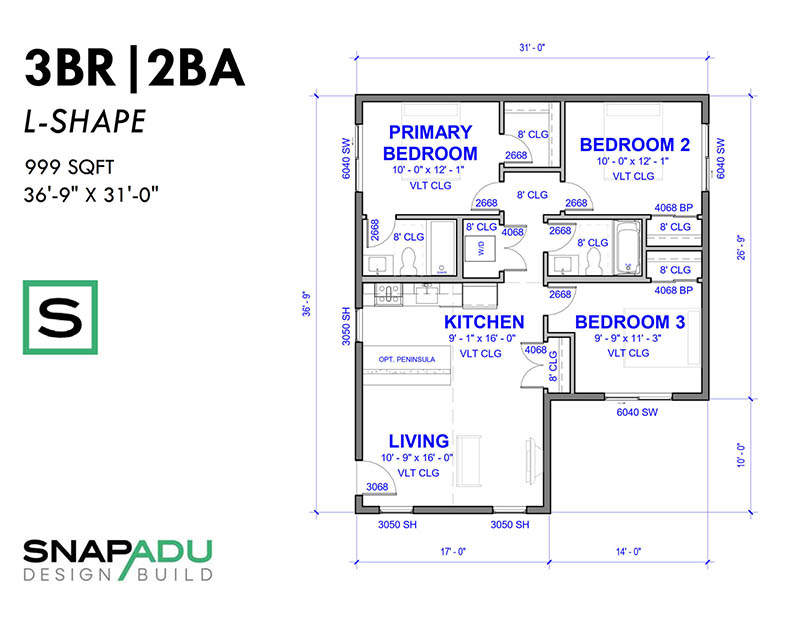
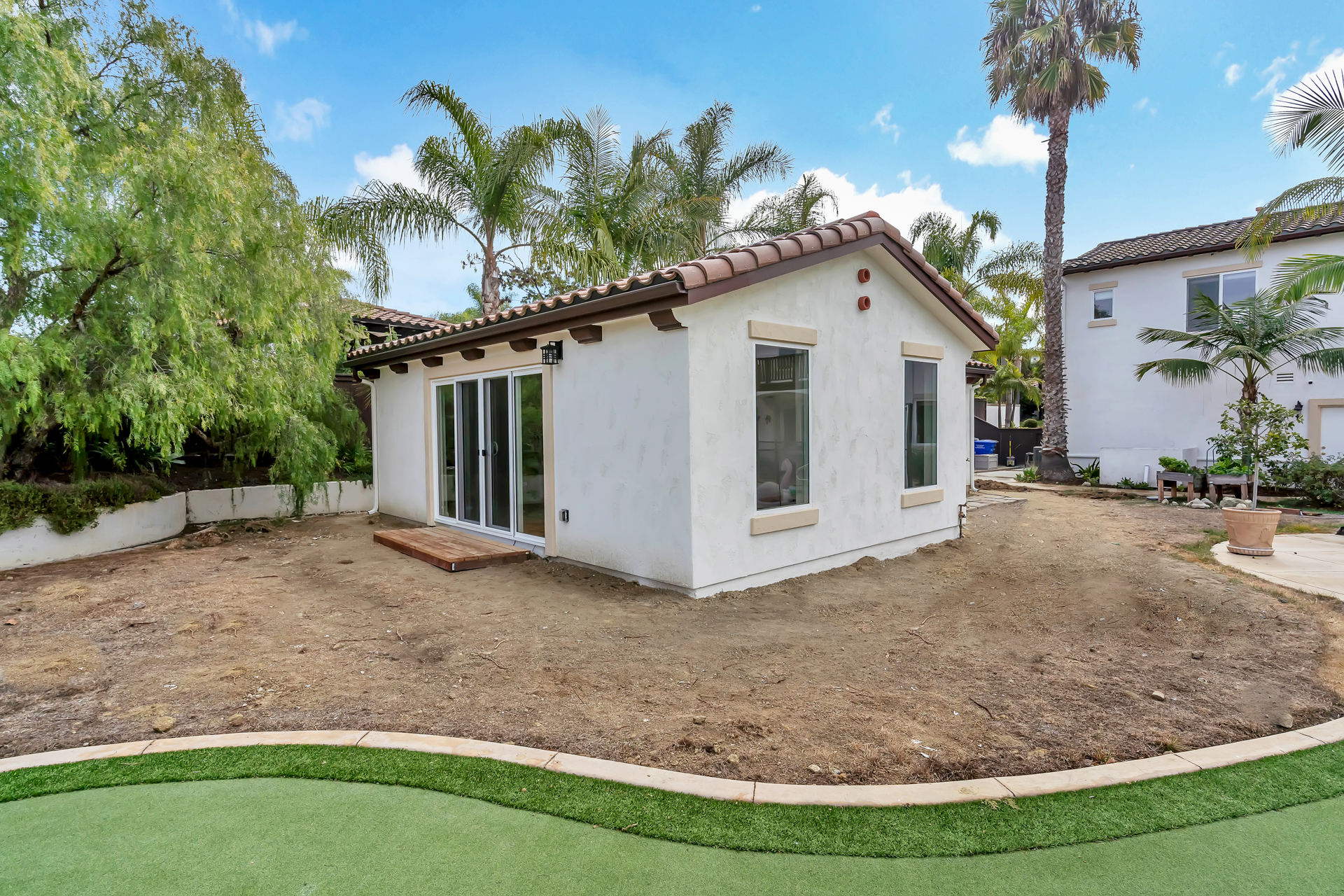
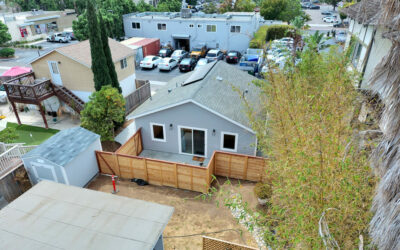
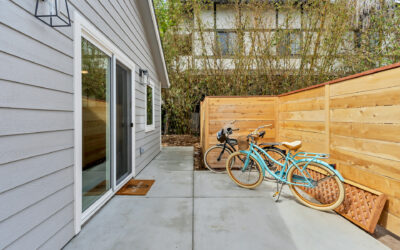
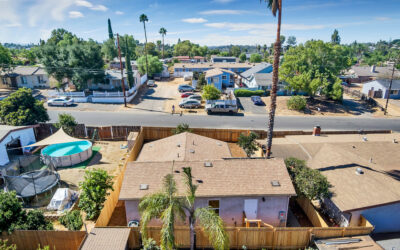
0 Comments